Malmö: The Swedish city where Syrian refugees and hipsters have bonded over food
An unlikely corner of Sweden has developed a thriving Syrian food scene, courtesy of the refugees who live alongside Malmö’s resident hipster population
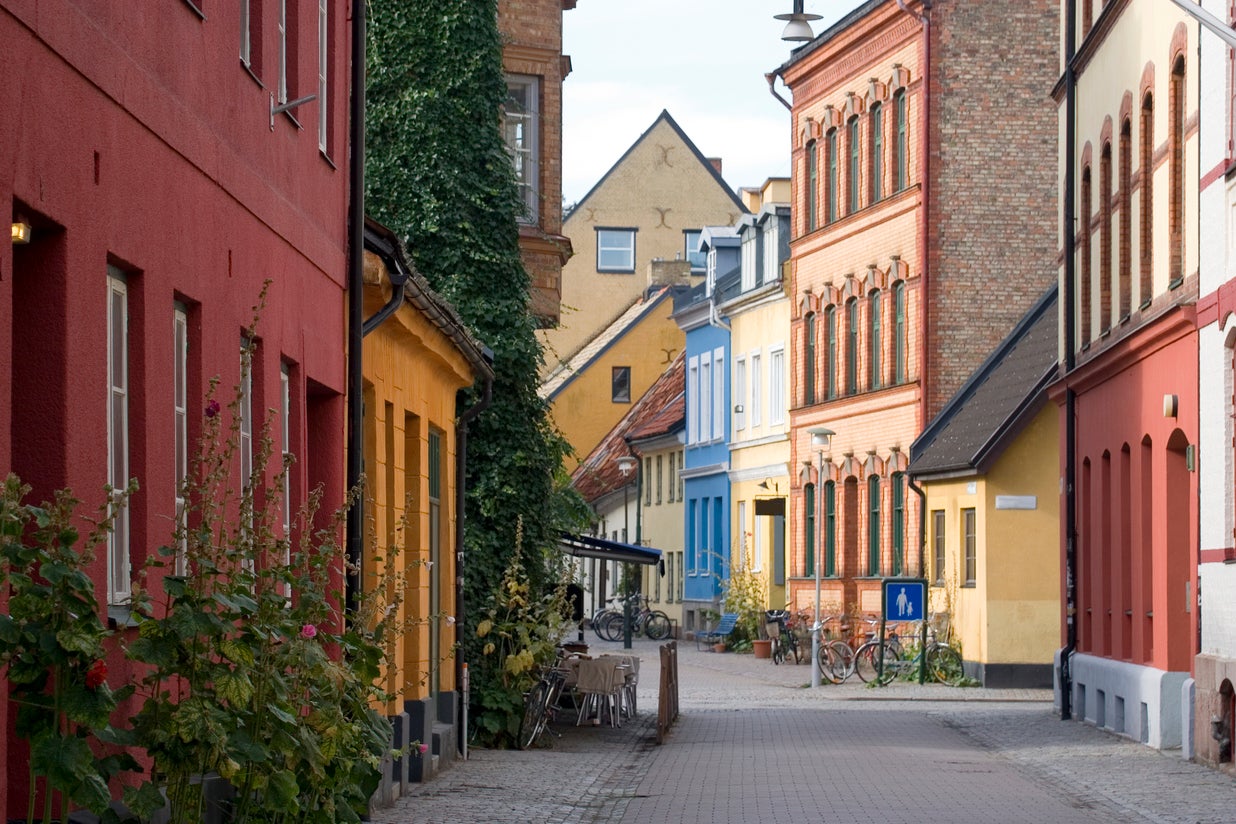
The main square of Malmö’s alternative Möllevången district bursts with colour on Saturdays. The open-air market is in full force; fulsome purple aubergines are stacked proudly next to emerald fronds of coriander and stallholders complain about the weather with friends in foreign tongues. This cosmopolitan corner of Malmö has transformed in recent years from a working class area to a radically multicultural district, where hipsters and refugees rub shoulders. It’s also a hub for some of the most authentic Syrian food outside of Syria.
In 2015, at the peak of the crisis in Syria, Sweden took in more Syrian refugees per capita than any other European country. Of the 163,000 refugees who arrived there in 2015, 32,000 were granted asylum and many of those chose to come to Malmö, where there was already a growing Middle Eastern population.
Shamiat was the first Syrian restaurant in Malmö, founded on 1 October 2013. I visit the branch in Bergsgatan, five minutes from the square. Inside, owner Maurice Salloum twirls the ends of his handlebar moustache ruminatively as his staff lay out a feast of mezze. Salloum arrived in Malmö in 2012, at the start of the civil war, and it took him 18 days to get to Sweden from his home in Damascus. Last year Shamiat was named best Middle Eastern restaurant by a local newspaper. It was the cementing of Salloum’s place in this new city.
“I was feeling fantastic,” he says. “I was very happy and proud that the Swedish people have accepted me to be here in this country”. But he still worries that not all Swedes have accepted the migrant population. There was a terrorist attack in Stockholm in April, perpetrated by a rejected asylum seeker from Uzbekistan who announced his sympathy with Isis. “This made me very sad,” says Salloum, “I baked bread that day and went out there to give the bread away for free.”
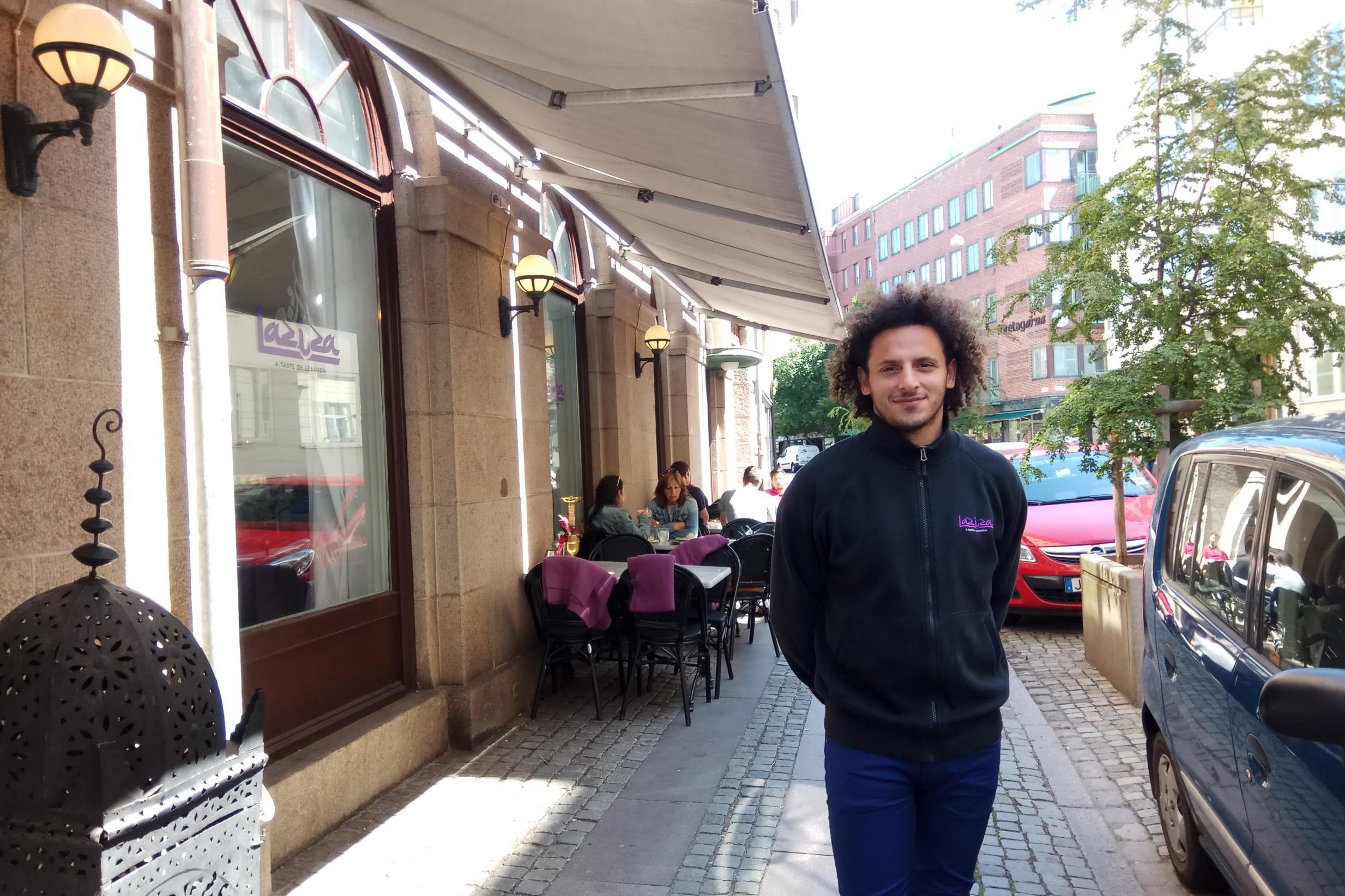
Salloum decided to open his restaurant because he saw a gap in the market. The name of the restaurant means “Damascene,” and is also a name for a dish which is only found in Damascus.
“Before we came, there was no Damascene food available in Malmö, so we work hard to give customers something special and unique,” he adds.
I try the fattoush, a salad of roughly chopped leaves, pepper wedges, olives and fried flatbread, drenched in pomegranate syrup. “It’s a very nice, typical dish, a bit like tabbouleh,” says Salloum. It is sharp and sweet and rustic – and nothing like tabbouleh.
The trend for Middle Eastern cuisine was first brought to Malmö by Lebanese and Turkish immigrants, who created the foundations of a food scene that, in turn, helped the Syrian restaurants to flourish here.
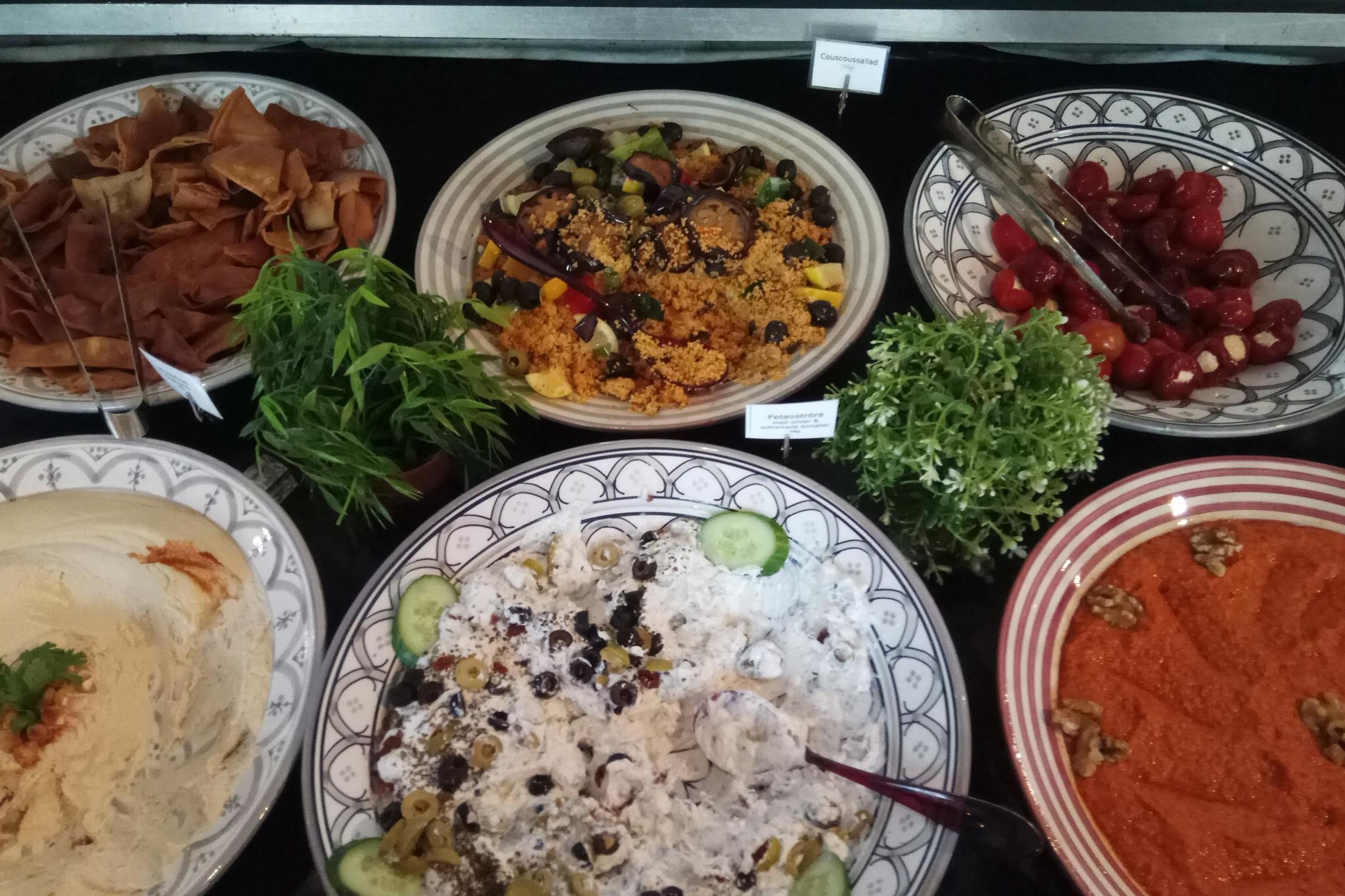
Down the road on Baltzarsgatan 21 is Laziza, a modern Lebanese restaurant whose bountiful buffet food attracts 300 customers a day. The owner, Sadoo Iskandarani, says his grandfather opened up the very first falafel place in Malmö.
“He was my idol,” he says. “He was good with bread and falafel. In the Nineties he started a cart selling falafel in Helsingborg and people loved it. The teachers came to eat there and the police officers came, then maybe 20 bikers would come and stand in line, queuing for falafel.
“I think Malmö has the best of all the cultures that live here and that food is building the bridges between the cultures.”
The most recent addition to Malmö’s Syrian restaurant scene is Ayam Dimashq, which roughly translates as “Days of our life in Damascus”. It’s north of Möllevången, on the borders of the Varnhem and Carolikvarteren districts, on Östra Förstadsgatan.
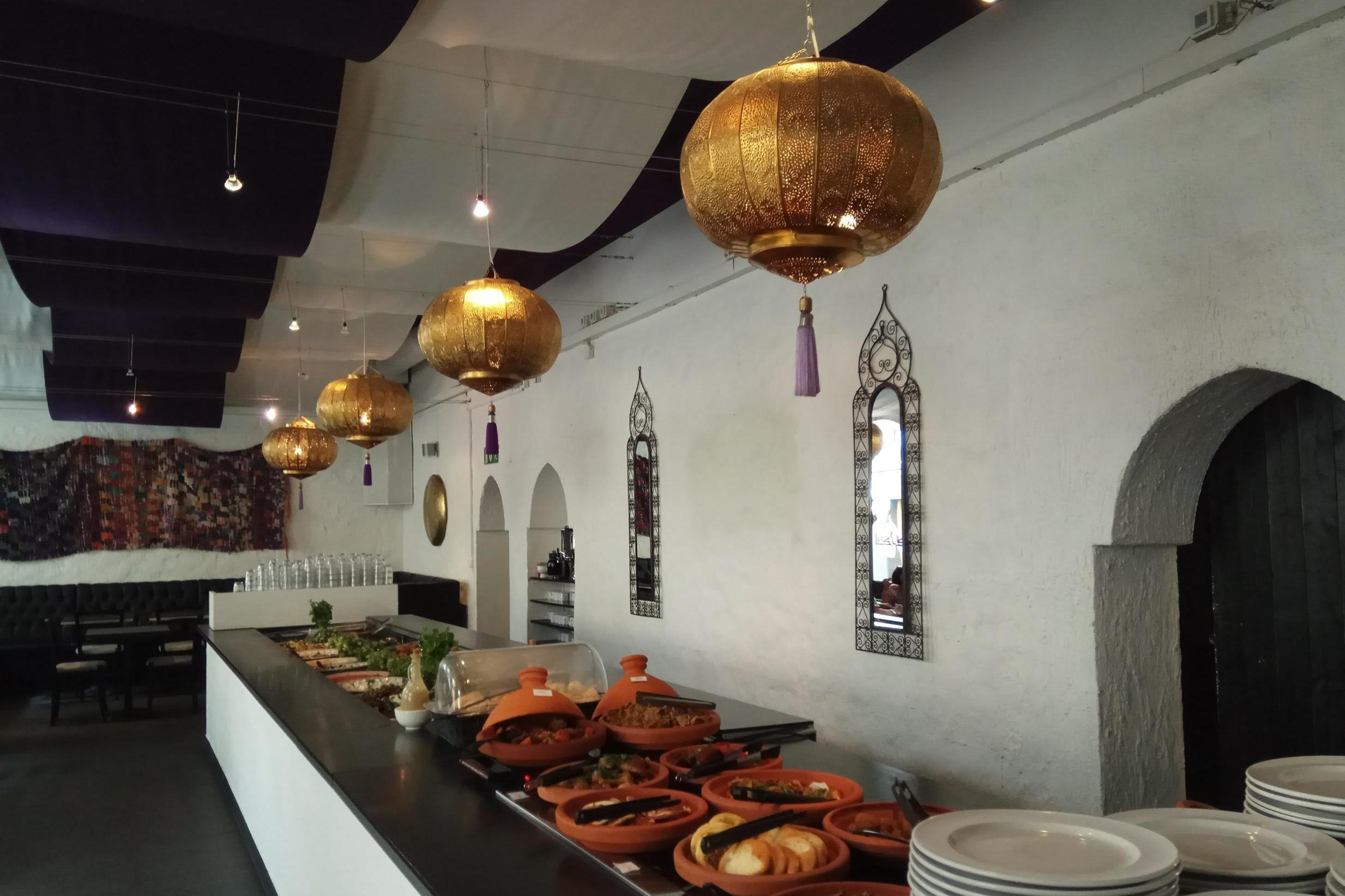
Chef-owner Huni Awwad opened it just nine months ago. He came to Sweden four years ago, when he was 39. Unlike many of the younger men who move to Sweden from Syria, Huni was already well-established with his own large, successful restaurant back in Damascus, called Peacebird.
Ayam is beautifully designed, with a modern, geometric logo and tapestries depicting landmarks and streets in Damascus, with small details picked out in gold thread.
“Everything’s coming together fast here,” says Huni. “In my country everything is a little bit slower, but I come here, open a restaurant, get married and have a boy – and I have another boy on the way – all in four years!”
He came here by boat; it took him five attempts.
“I don’t know why I made it on the fifth attempt but I thought to myself, ‘I can’t turn back this time. I might die, but I can’t turn back. ’Luckily I am here, so it’s good.”
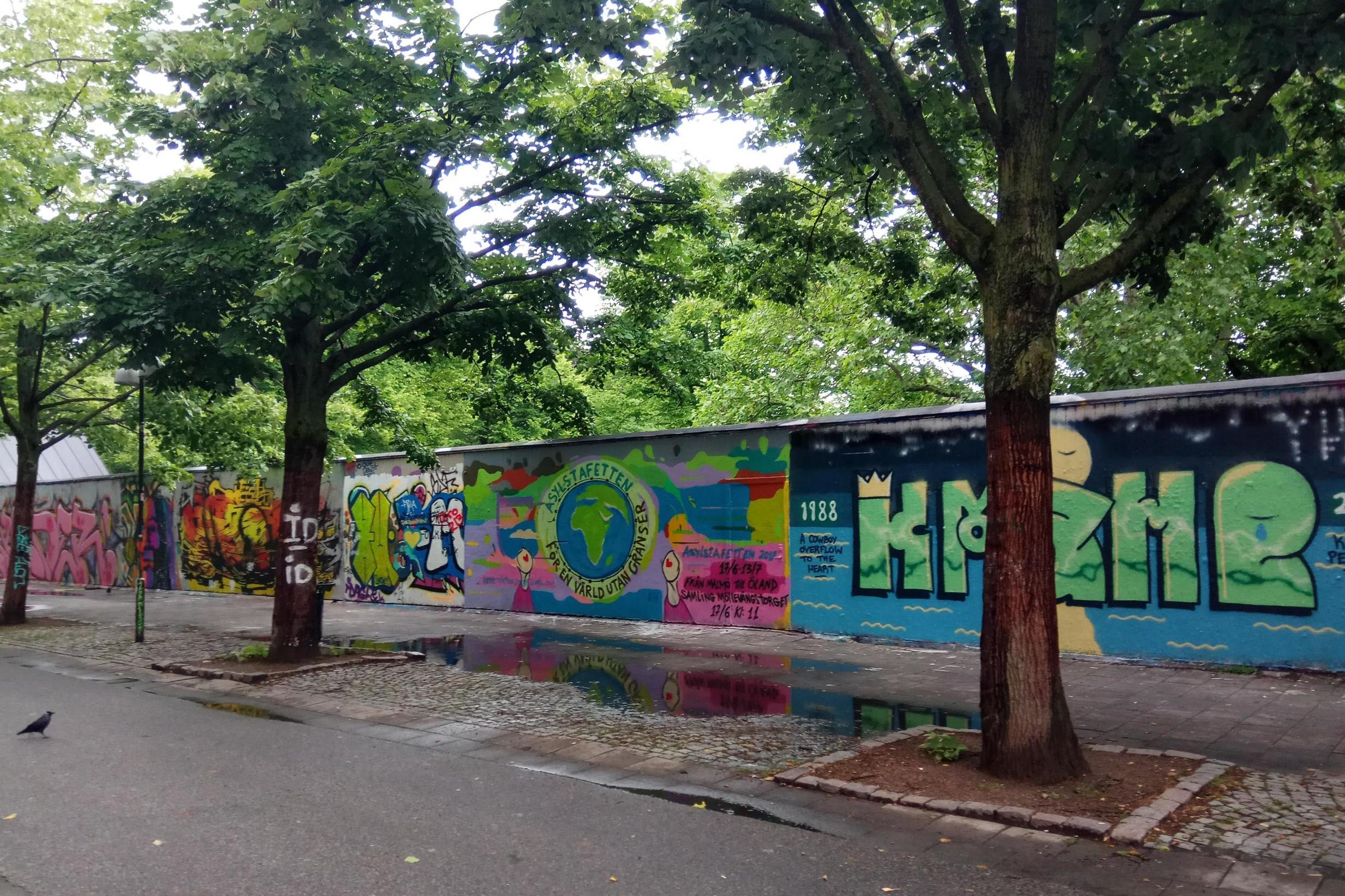
His fattah is a warm blend of pureed chickpeas, yoghurt and sesame, with soft pieces of flatbread melting underneath. It’s topped with toasted cashews, pomegranate seeds, fried strips of flatbread, pine nuts and sprinkled with sumac. The flavours are beautiful.
Awwad’s life seems to have fallen into place here, but the move from Syria was a necessity, not a choice. He works a long day; it’s Ramadan and Midsummer, so he’ll stay open until 4am for his Muslim customers to break their fast.
“It is very hard when you change your whole life,” he says. “It is a good life here, very good, people are very nice and I think my life here resembles my life in Damascus – but it is not my life. My heart is in Damascus.” He looks up at the wall-hanging depicting a winding cobbled street lined with ancient buildings. “I hope one day to walk these streets again, and taste the food of home.”
Travel essentials
Getting there
Norwegian (norwegian.com) flies from London Gatwick to Malmo in four hours and 20 minutes; from about £58, one-way.
Staying there
Comfort Hotel Malmö (00 46 40 33 04 40; comfort-hotel-malmo.hotelsinmalmo.com) is the funkiest affordable hotel in town. Its gym is located in an old ballroom, complete with chandelier. Doubles from £72, room only.
More information
The best way to get around is on two wheels; bike hire costs about €12 per day.
Join our commenting forum
Join thought-provoking conversations, follow other Independent readers and see their replies
Comments